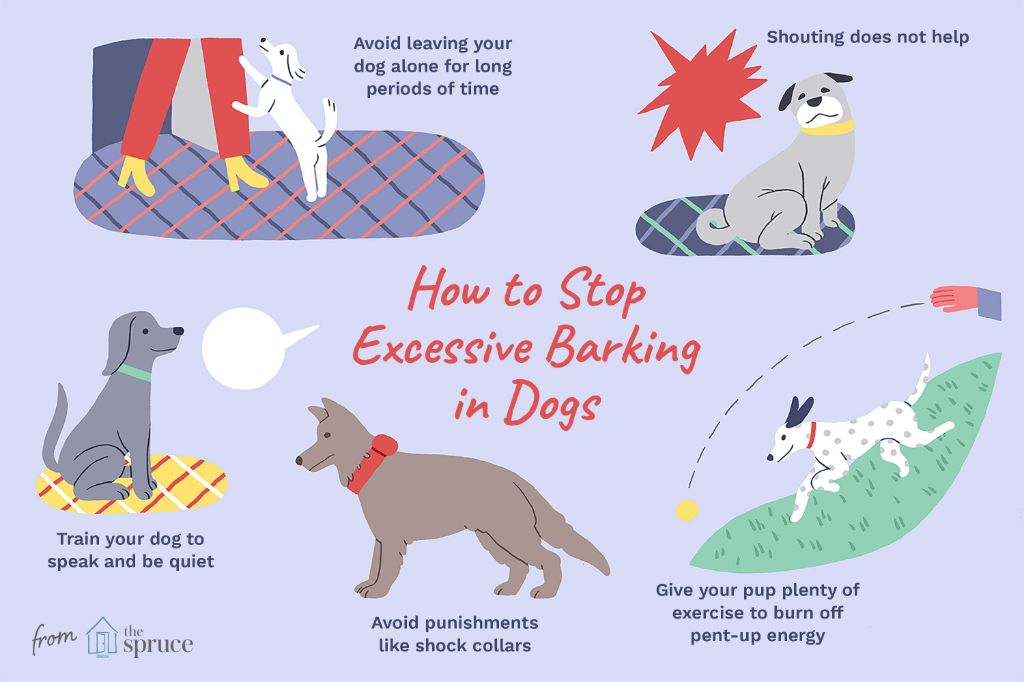Introduction
Dogs can learn many amazing and amusing tricks with the right positive reinforcement training. However, there are some behaviors that responsible owners should avoid teaching or encouraging in their canine companions. While tricks like shaking hands or rolling over are harmless, other acts can lead to bad habits or even endanger your dog and others.
Begging
Dogs often beg for food because they enjoy the taste of human food and want more (Source). Begging behavior can become problematic as it reinforces the idea that your dog can get treats by asking. This can lead to obsessive begging, especially in dogs who are motivated by food. Constant begging can be annoying and stressful for owners. It can also promote obesity if owners give in. Teaching your dog not to beg is better for your bond and your dog’s health.

Jumping
Jumping up can be a dangerous habit for dogs that owners should avoid reinforcing. As explained by the experts at VCA Hospitals, “Defaulting to a calm greeting will never cause a problem, whereas jumping up can promote fear in some people, or cause conflict between dogs and people.” [1] Jumping up risks causing injury, especially for elderly individuals or small children who can easily be knocked over. Large dogs in particular can jump with enough force to seriously hurt someone if their paws make contact at high velocity.
According to Veterinary Partner, “At some point in your dog’s life, jumping will become a hazard to her. Your dog will live with less risk of pain if taught early on not to jump.” [2] The impact from landing can damage joints or cause musculoskeletal issues over time. Dogs that persistently jump up on people are also at higher risk for slips, falls, and other accidents that could harm them during the excited jumping behavior.
Aggression
Teaching aggressive behaviors to your dog can be extremely dangerous. Dogs naturally exhibit predatory behaviors, so reinforcing aggression through training can quickly lead to attacks on people or other animals. According to experts, “Punishing aggressive behaviors will likely make dogs more aggressive.” (source: https://manypets.com/us/blog/aggressive-dog-training/). Instead, consult with a certified behavioral consultant to understand the root causes of aggression and implement positive reinforcement training.
Dogs display aggression for many reasons – fear, dominance, protection of resources, pain, etc. Training them to be more aggressive by encouraging biting, barking, lunging, etc. can reinforce territorial behaviors and put your dog at greater risk of harming someone. While aggression may seem “cool” on the surface, you are putting your dog and community in danger. Work with a professional to address aggression through desensitization, counterconditioning, management and medication if needed.
Some warning signs of dangerous aggression in dogs include growling, baring teeth, stiffening, staring, snapping, and biting (source: https://manypets.com/us/blog/aggressive-dog-training/). If your dog shows these behaviors, immediately consult a vet and trainer. Do not encourage these behaviors, as you will be putting others at risk. Focus on positive, reward-based training instead.
Barking
Excessive barking is one of the most common behavior problems reported by dog owners. Dogs bark for many reasons including boredom, seeking attention, warning about intruders, greeting you, or as a response to external triggers like sounds. While some barking is normal, excessive and uncontrolled barking can become a nuisance to you and your neighbors. It can also be a sign of distress or a medical issue like cognitive dysfunction.
Rewarding barking can inadvertently encourage this unwanted behavior. If you give your dog attention, treats, or access to things they want like going outside every time they bark, you may be reinforcing the behavior you’re trying to stop. As the Rescue-A-Bullie Pit Bull Rescue explains, barking is a self-rewarding behavior for dogs. Ignoring unwanted barking and rewarding quiet behavior is a much more effective training method.

The key is to identify the cause and motivate your dog to choose not to bark using positive reinforcement training. You’ll need to be patient, as it can take time to unlearn a habit. The Humane Society recommends working on basic training using rewards-based methods, providing adequate physical and mental stimulation, and identifying triggers to anticipate and redirect barking.
Stealing Food
Though stealing food may seem like a harmless behavior for dogs to engage in, this conduct can lead to serious health issues if not corrected. As discussed in an article from Petcube, dogs will counter surf and steal food due to boredom, lack of exercise, or simply never being taught that this behavior is inappropriate.
One of the biggest dangers of dogs stealing food is the risk of eating something harmful to them. As the American Kennel Club explains, dogs may not know the difference between safe human food and toxic food. Consuming toxic foods can cause severe medical issues or even death.
There are also risks associated with dogs stealing and eating bones or other inedible objects. An article from Found Animals points out that bones can cause tears, blockages, and other problems in a dog’s digestive system. Poultry bones in particular are dangerous.
To curb stealing food, it’s essential to train your dog and provide adequate physical and mental stimulation. Leaving food unattended should be avoided. With patience and consistency, you can teach your dog more appropriate behaviors.
Digging
Digging is a common problem behavior for dogs. It can not only ruin your lawn and gardens, but also pose a safety risk as your dog could dig under fencing and escape. Digging behaviors typically fall into a few categories:
- Boredom or stress – Dogs may dig to relieve boredom or anxiety. Providing more stimulation through walks, play and training can help.
- Prey drive – Dogs with high prey drive may dig trying to get at rodents or other animals underground. This instinct can be hard to overcome.
- Comfort or temperature regulation – Dogs may dig beds or holes to find a comfortable spot to rest or stay cool. Providing dog beds may help.
- Escape – Dogs may dig under fencing to try and escape the yard. Using physical barriers or boundaries can help prevent this.
Trying to teach your dog to dig on cue can reinforce the digging habit. It’s better to redirect the digging impulse through providing approved outlets like a sandbox, using deterrents, managing the environment, and meeting your dog’s needs through enrichment.

Chasing
Chasing behaviors such as running after cars, bicycles, and other moving objects can be very dangerous for dogs. According to VCahospitals, chasing triggers a dog’s prey drive and can lead to dog bites or serious injuries if the dog is struck by a vehicle (“Dog Behavior Problems – Chase Behaviors,” https://vcahospitals.com/know-your-pet/dog-behavior-problems—chase-behaviors). TrainingYourDogAndYou.com warns that chasing cars or bicycles can easily turn fatal if the dog is hit (“Chasing Issues Can Be Very Dangerous Dog Behavior,” https://www.training-your-dog-and-you.com/Chasing.html). Therefore, chasing behaviors should be discouraged and redirected early on through training and providing appropriate outlets for a dog’s natural prey drive.
Counter Surfing
Counter surfing is when a dog jumps up and puts their front paws on a counter or tabletop to steal food. This is a dangerous behavior that owners should avoid reinforcing, as it can lead to serious injuries. According to the American Kennel Club, dogs can get burned by hot pans or break open containers with their teeth, resulting in cuts to their mouth (source). Jumping up also increases the risk of falling off the counter and hurting themselves.
In addition, counter surfing encourages other bad behaviors like begging, since the dog is rewarded by finding food. It can damage countertops and spread germs from the dog’s paws. Therefore, it’s best not to reward counter surfing by leaving food within reach. Owners should keep counters clean and teach an alternative behavior like “off” or “down” using positive reinforcement training.
Conclusion
In summary, there are several tricks you should avoid teaching your dog, including begging, jumping, aggression, excessive barking, stealing food, digging, chasing, and counter surfing. While some of these behaviors may seem cute or harmless at first, they can lead to bigger issues down the line. For example, rewarding begging teaches your dog to pester you for food and develops pushy behavior. Jumping can lead to accidental scratches or injury. Aggression, barking, stealing food, and chasing all demonstrate a lack of proper manners and obedience. Ultimately, you want to set your dog up for success by reinforcing good behaviors and avoiding problematic ones that are inconvenient or dangerous.

With time, patience and positive reinforcement, you can train your dog to curb undesirable tricks and develop more appropriate habits. The key is consistency and starting training early on, so your dog understands what is expected. Handling issues like begging, jumping or nipping while your puppy is young will prevent bad habits from forming. Training also strengthens your bond with your dog and provides much-needed mental stimulation. While it takes commitment on your part, the effort is well worth it for a polite, well-adjusted canine companion.
